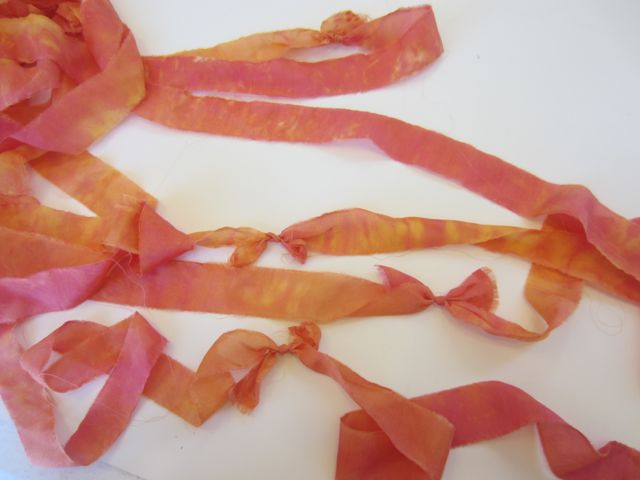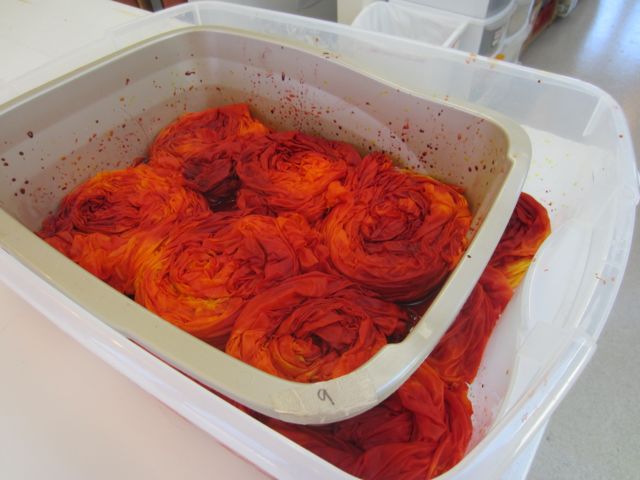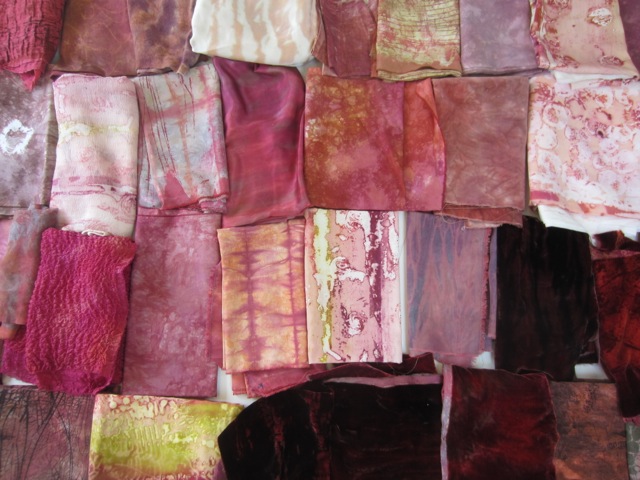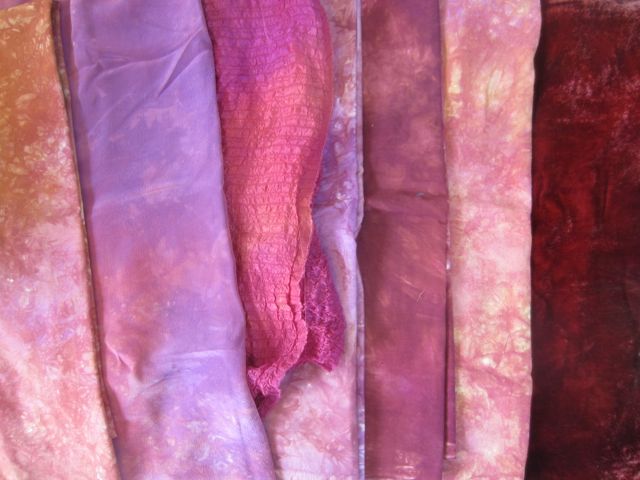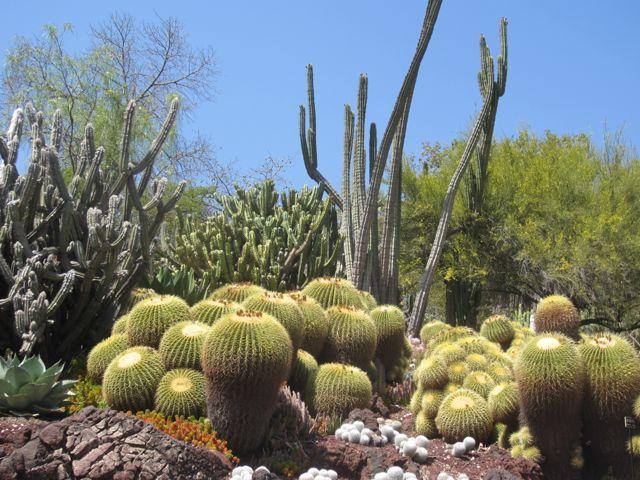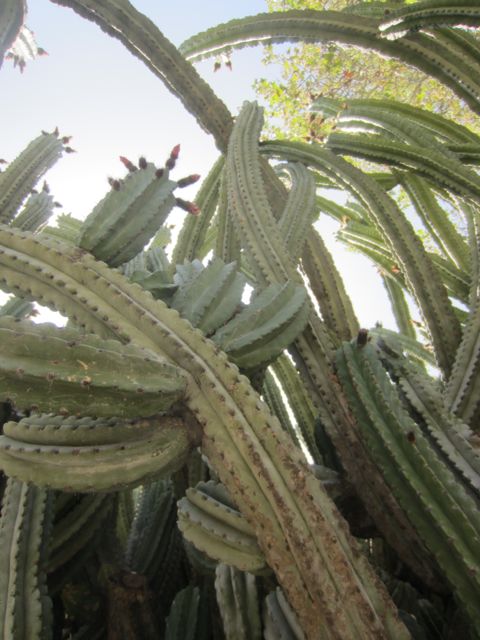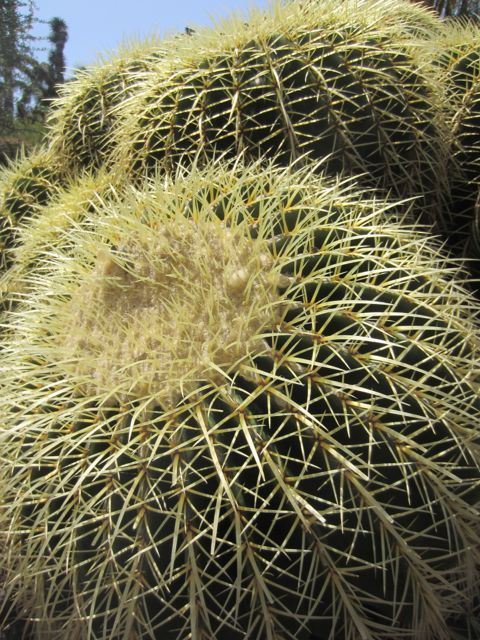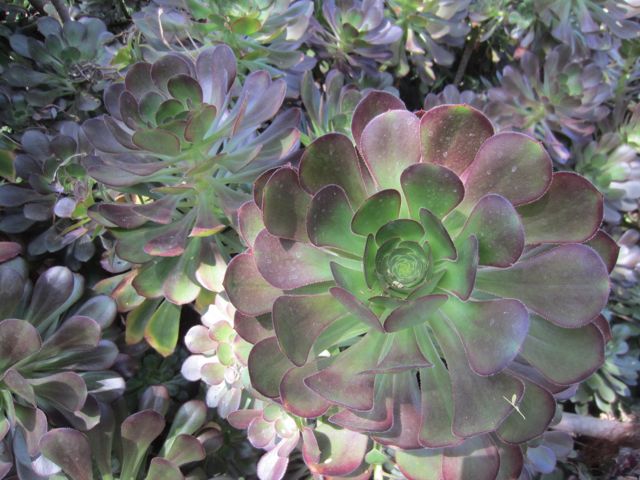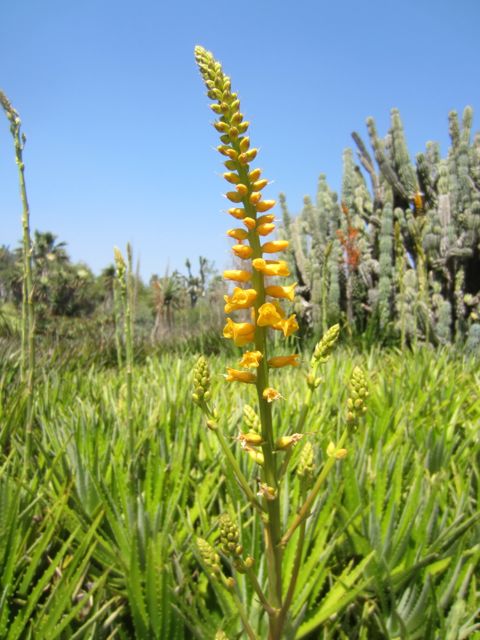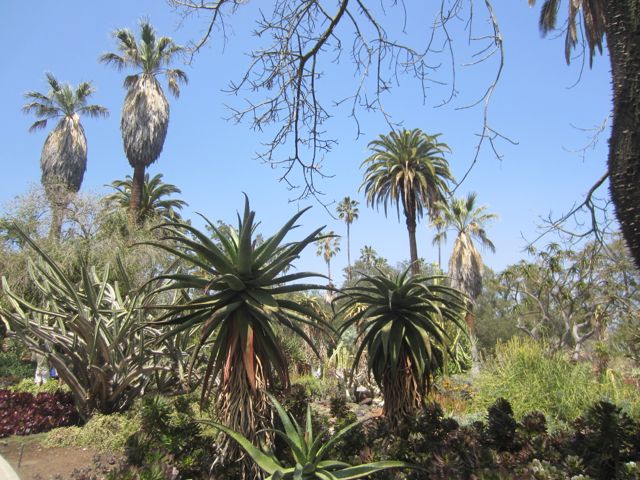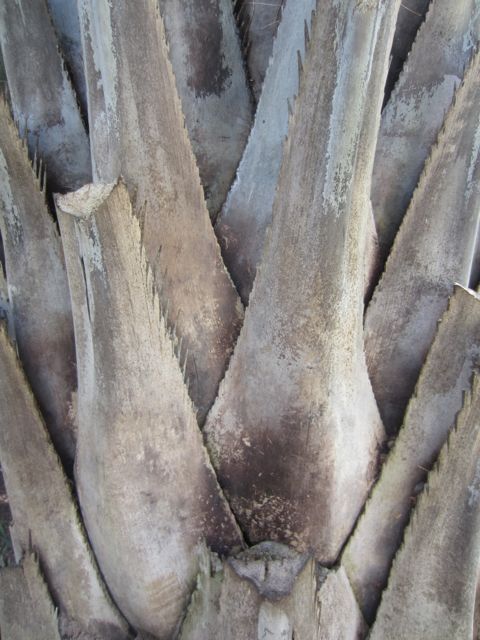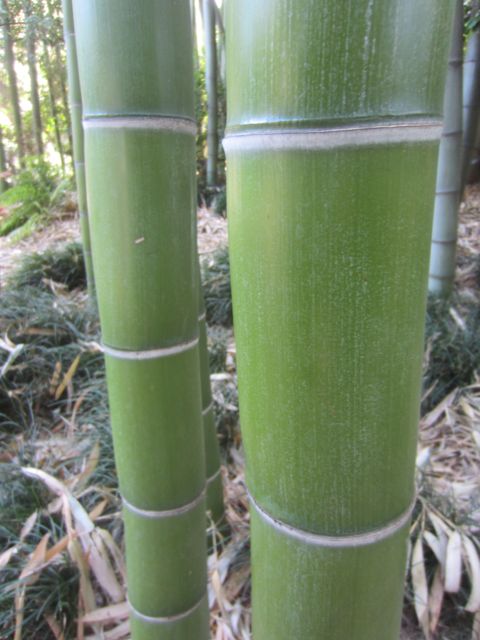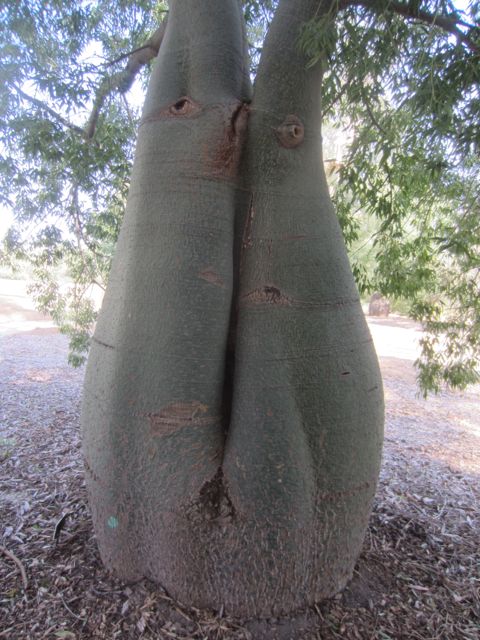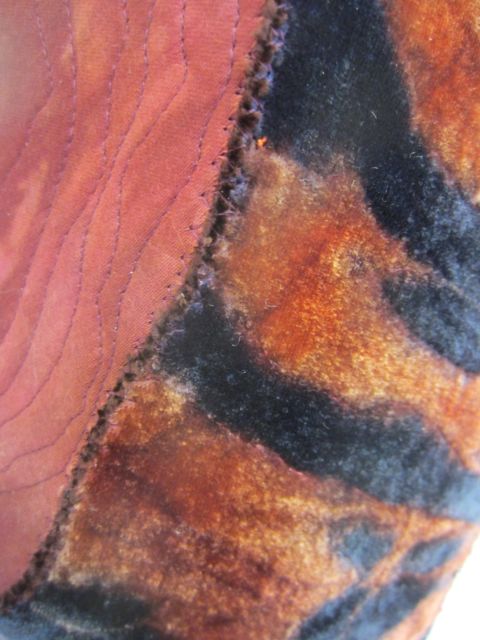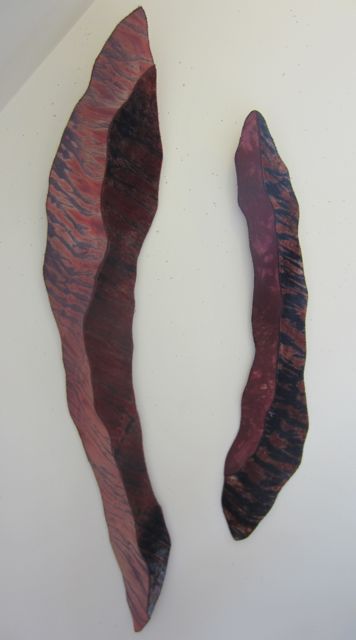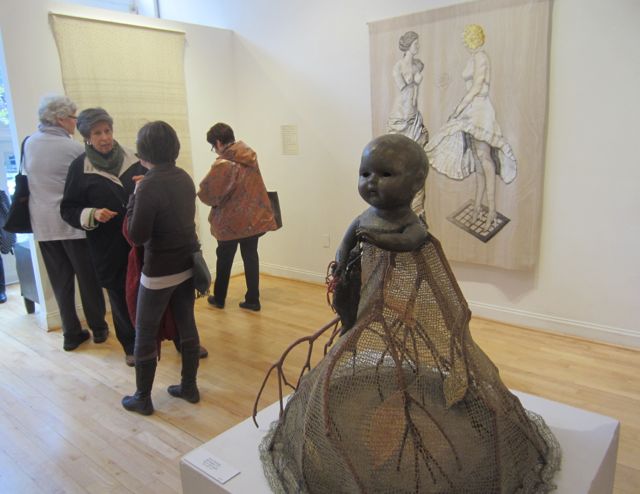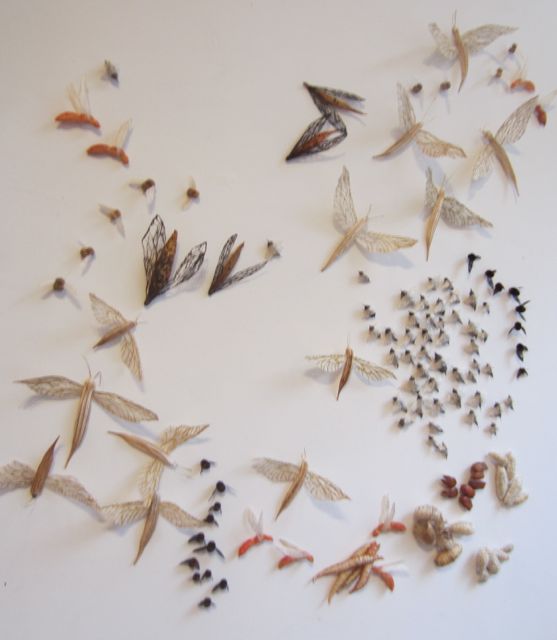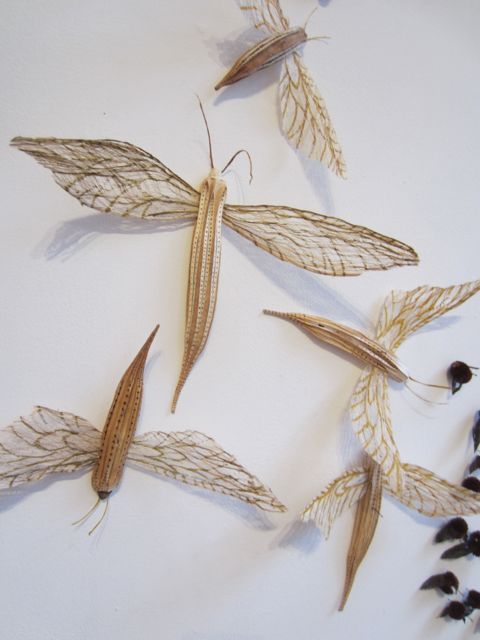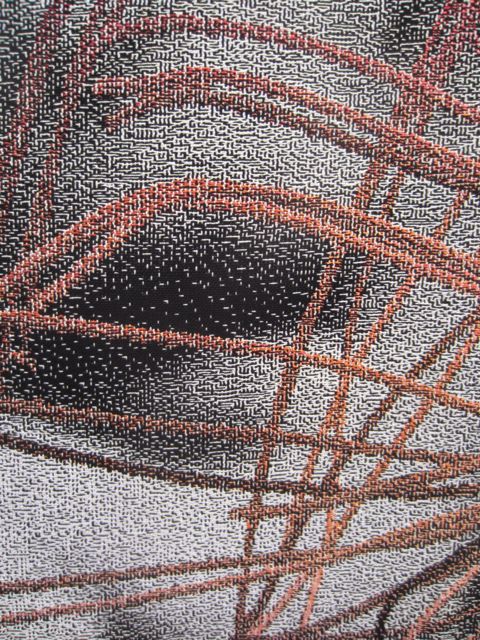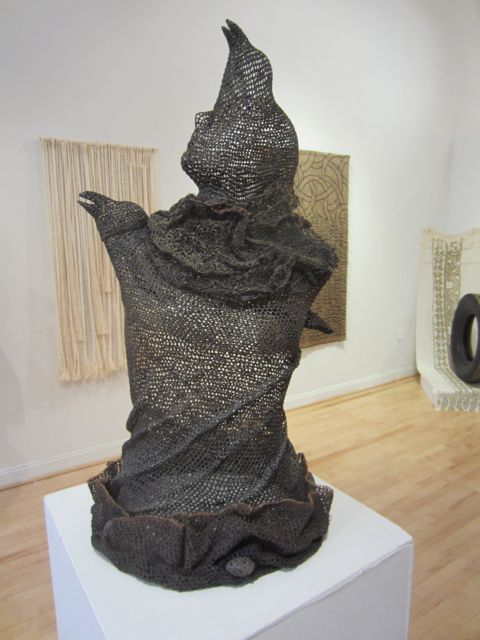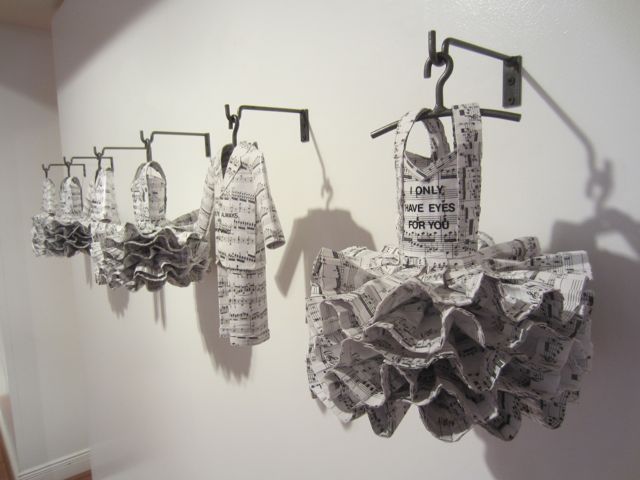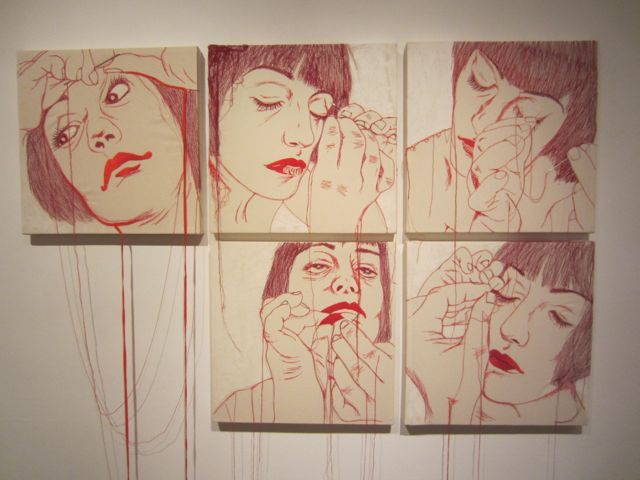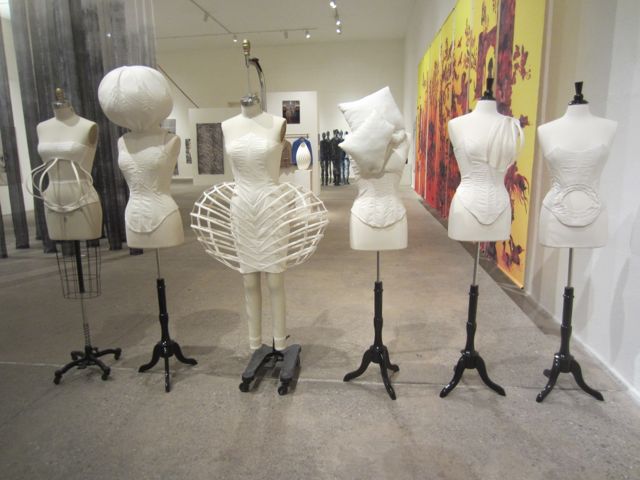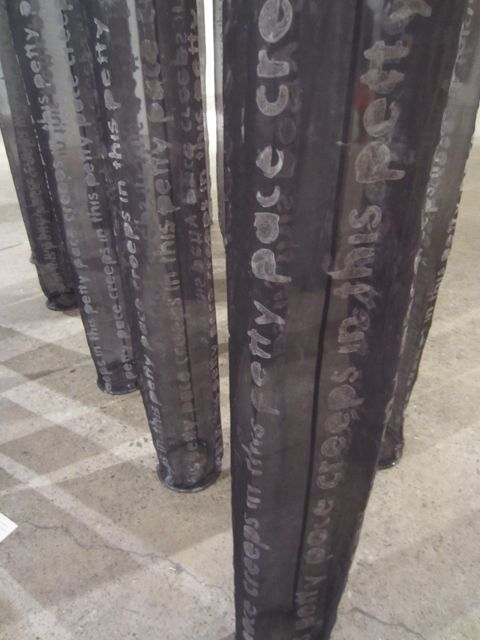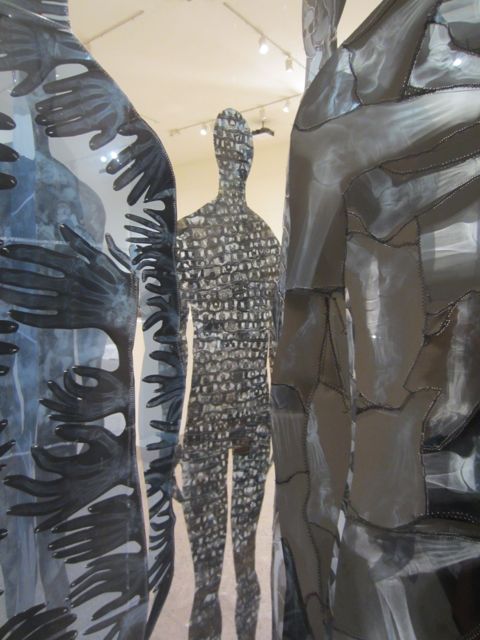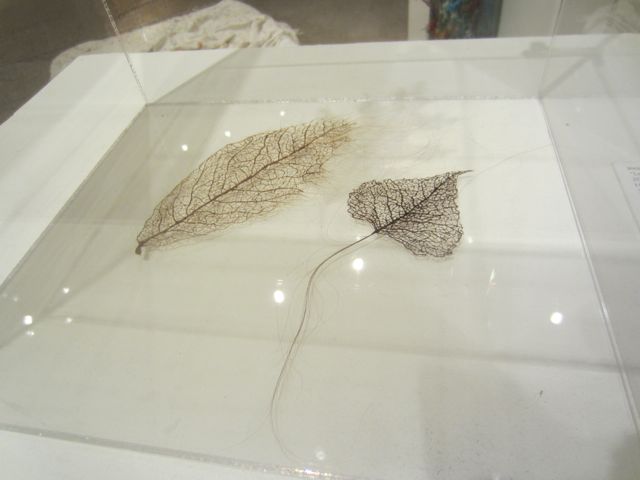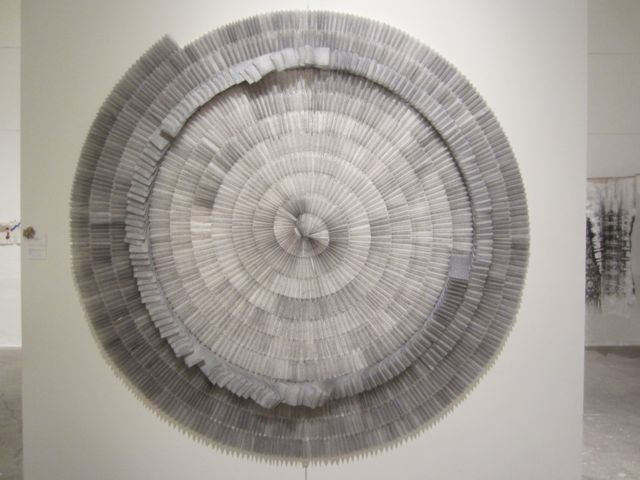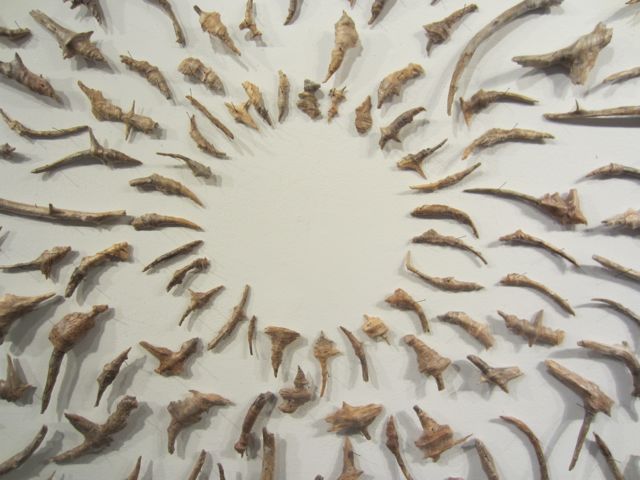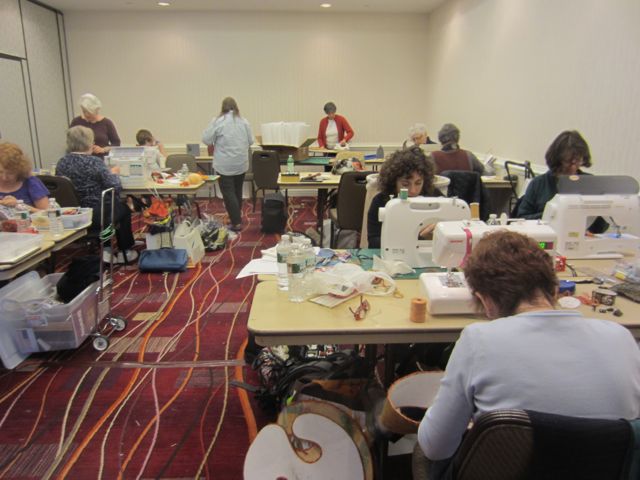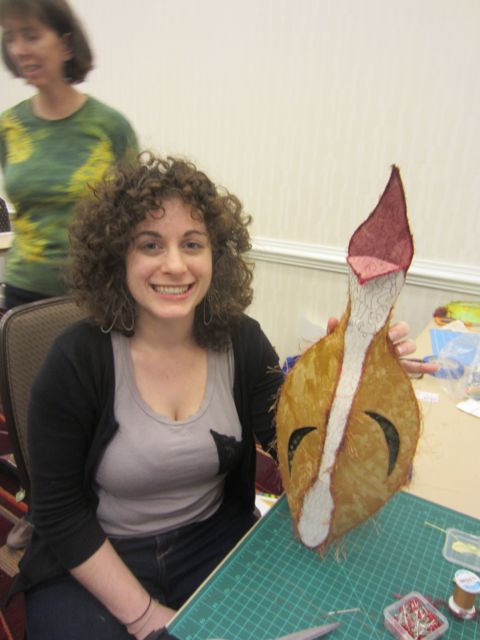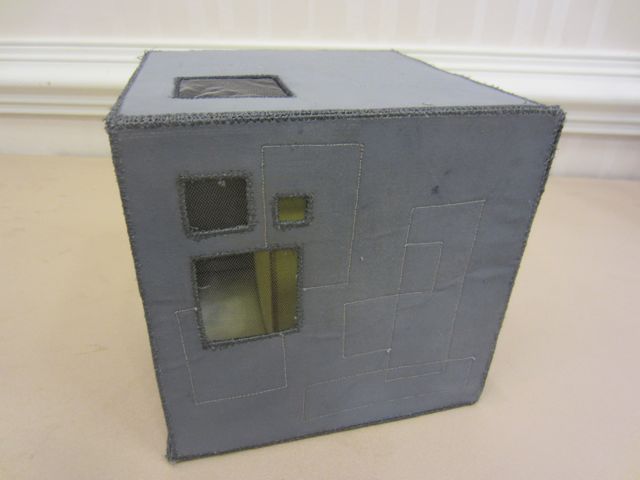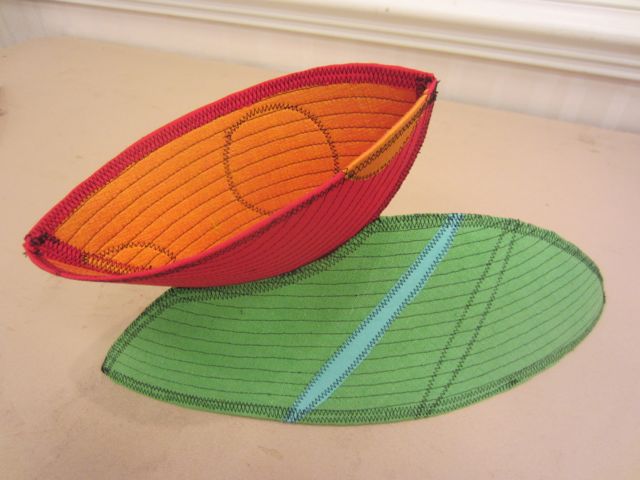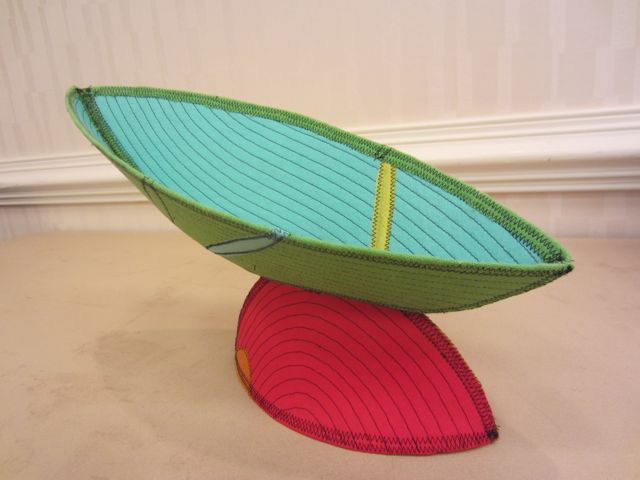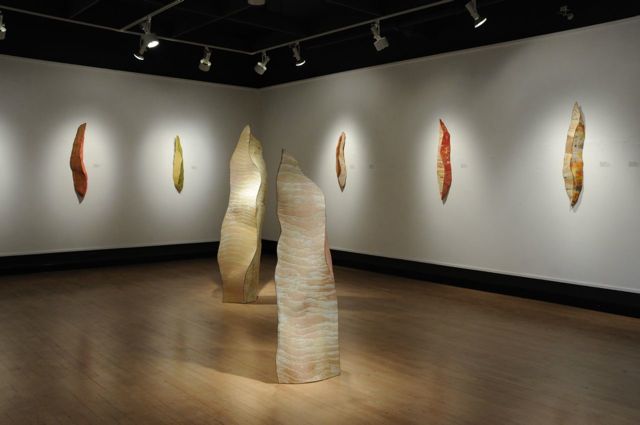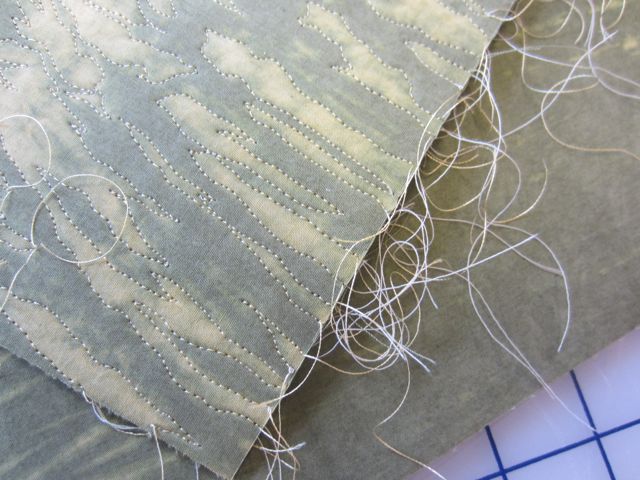 I was asked to give short talk at the reception for my show in Corvalis, Surface. Form. Stitch. I wrote the following about my work to present there but ended up giving a much more casual, Q and A. So here it is, a statement on Where I Am.
I was asked to give short talk at the reception for my show in Corvalis, Surface. Form. Stitch. I wrote the following about my work to present there but ended up giving a much more casual, Q and A. So here it is, a statement on Where I Am.
My work is about time, from the passing of the seasons to the geologic ages shown through layers of stone and its erosion. Nature, and the evidence of human hands upon it, inspires me.
Seattle, where I live and work, is a culturally vibrant city on salty Puget Sound, filled with lakes and hills, and cradled between the Cascade and Olympic Mountains. I walk on beaches, through woods, and on sidewalks. I garden. And I always have my camera with me to bring what I see back to my studio.
The palette of the Pacific Northwest is muted; our light diffused by clouds. Layers of gray are enlivened by pops of color as the seasons change. The first acid greens of Spring are followed by bulbs bursting forth in candy colors. Summer brings out the warm tones of flowers growing against the deep brown of loamy soil. In Fall, the leaves turn, bringing their contrast of orange and scarlet before they fade and fall. And all against all of this is the constant backdrop of our evergreen trees.
I am inspired by the textures and patterns I see in nature. As I walk along the beach I see a stone eroded into a fantasy of circular patterns created over eons by tiny pebbles constantly moving in the tide. Barnacles grow upon a rounded cobble until that stone breaks loose and is tossed through the waves, grinding away all but the traces of that tiny universe. A cliff reveals the strata of millennia, layers of sand and silt put down over ages, pressed by cruel gravity until they become solid stone.
Man puts his hand upon his environment. A piling is sunk into the sand along the beach. Years later it is cut down, its use forgotten, leaving only its pattern of concentric circles, encrusted with barnacles, surrounded and half obscured by sand. In the city the walls of an abandoned warehouse crack and shift, revealing layers of brick beneath the facade. In London I saw the remains of a Roman wall, finished sixteen hundred years ago, still standing in a busy, urban environment. Its stones were worn but solid, showing a pattern made by hands crumbled to dust centuries ago.
As an artist, I filter these images to distill meaning, abstracting them and then realizing them as sensual representations of experience. The resulting sculptures address our human need for physical connection to the earth.
The Blades series explores shape as a metaphor for human interaction with the natural world. Obsidian, fractured into faceted shards from solid stone, creates a sharp, cutting edge. Hoes till and reap. We can focus on a single blade of grass in the expanse of a field for just a moment before it is lost among the many.
The Cotyledons series examines the energy of growth as it bursts forth from the stasis of the contained seed. Shaken from a packet and pushed into damp soil by a child’s finger or planted by the million by an industrial agribusiness, the seed is an essential building block of culture. A fragile miracle of nature, the seed sprouts and feeds the hungry.
My most recent series, Stone, was inspired by a trip to the American Southwest. It evokes concepts of time and memory and explores the idea of stone as both permanent and ephemeral. The Earth is solid yet malleable. Time, wind, and water all leave their mark. The inherent contrast in these pieces lie in that they mimic hard stone, yet are made from soft materials.
I begin my process with white paper and white fabric and I finish with stitch.
I sketch forms suggested by my photos and experiences. I transform these sketches into three-dimensional patterns made of tagboard, a paper that mimics the strength and flexibility of my final materials. Once I finalize these patterns, I cut them from non-woven innerfacing, which provides the underlying structure to my sculptures.
In the studio I work with natural fibers: silks, cottons, rayons, and blends in weaves both plain and opulent. I use my extensive knowledge of surface design to create unique color, pattern, and texture on cloth. Low-water immersion dyeing, discharge, paste resists, silk screens, and shibori resist are all part of a lexicon used to tell a unique story on cloth.
Stitch binds my pieces together. I use free-motion machine embroidery to embellish and enhance the patterns on the cloth. The marks on my dyed fabrics are maps that I follow with lines of stitch. Thread strengthen the panels of the sculpture, each thin line becoming part of the whole. In the last step, I hand-stitch the finished panels together, revealing the final form for the first time.
This method of creating sculpture in soft materials, which I developed five years ago, has given me my voice. I integrate media and techniques from my varied background: fiber, sculpture, design, and theatrical arts. I have recently incorporated metal frames to support large-scale work, and am planning to study welding to further my learning and expand my practice.
Fabric is fundamental to my process. It is an intimate part of our lives. It protects us from the elements, gives us comfort, and a means to express ourselves. It is sensual and essential. I am drawn to fabric because of its changeability and its constancy. Fabric is the skin that clothes my work.
Time, nature, fabric, and form: these are the essential elements of my story.

